Scary Good Filmmaking Wisdom from 'Blair Witch' Director Daniel Myrick
'Tis the season of mischief and mayhem, tricks and treats. What better time to discuss the process of making a thriller film than on Halloween? And who better to discuss it with than horror film icon Daniel Myrick, one of the directors of the legendary The Blair Witch Project?
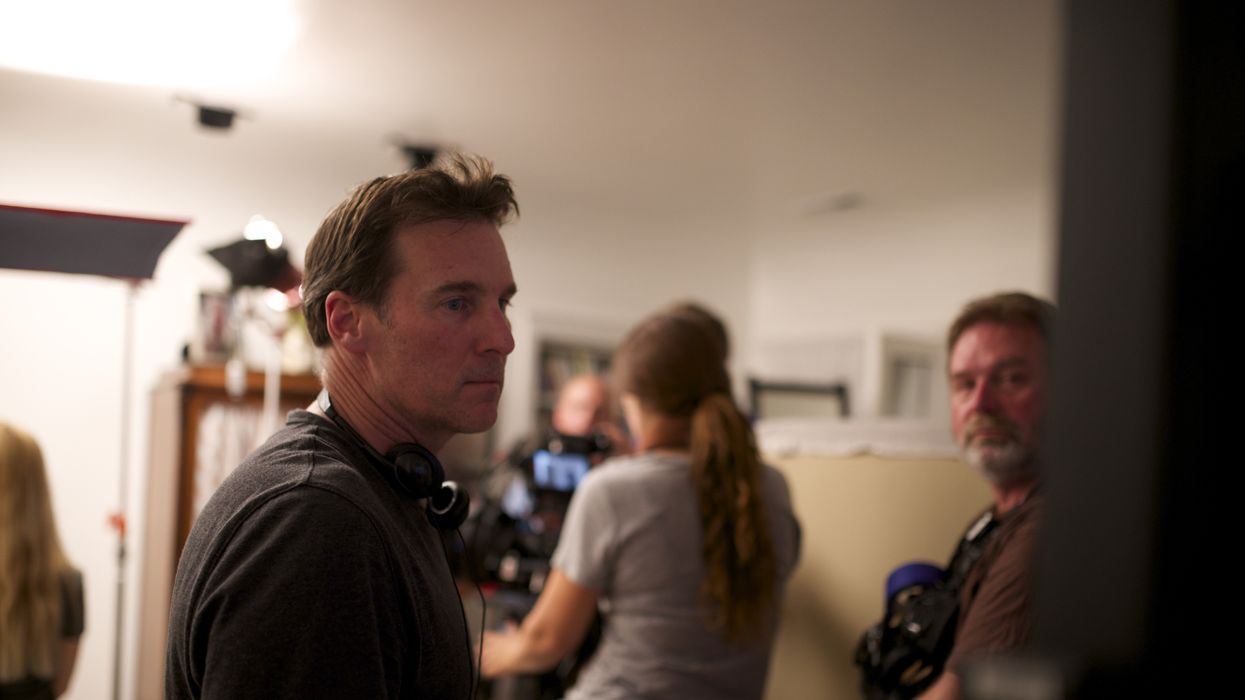
I was lucky enough to FaceTime recently with Dan about his upcoming thriller Under the Bed, which is presently in post production. Our lengthy conversation ranged from the challenges of making a reality-based thriller vs. a supernatural horror, the specific gear he used in production and is using in post, his release strategy, and his tips for filmmakers entering into horror or thriller filmmaking.
Grab a chair, come sit by the fire, and let's discuss making audiences feel just a little less safe in their own homes with one of the greats.
NFS: Your next film Under the Bed is a thriller based on true events. Can you give us a bit more information about the story and the production?
Daniel Myrick: It was sort of inspired by a couple of things I had read about in newspapers years ago. It’s fairly common in horror that I’ve seen about obsessed stalkers that have moved in to someone’s house. And this particular instance was repeated a few months ago in the UK, about a guy that was obsessed about a girl and he moved into her house and literally stayed under her bed for whatever twisted reason. I just thought that was kind of an interesting starting point from which to write a script and I sort of embellished upon it and took it to the darkest extreme I could think of.
Production-wise, it’s a very straightforward film, sort of in the spirit of the Hitchcock-ian psychological drama/thriller. I wanted to focus as much on the main character (who’s played by Hannah New) and her life, and give the audience this kind of voyeuristic view of the issues that’s she’s going through, just the same as the stalker has. My intent is to not only make a thriller, something that pays off in the end in a kind of very visceral, horrific way, but also, at the same time, underpinning all this as a real character study -- a real attempt to make this more than just a guy under the bed scaring a girl.
NFS: Will we see a lot of the point of view of the stalker throughout the film?
DM: We will, but it’s not as much as some people might expect from me, because certainly for better or worse, I’m sort of credited with this found footage, shaky cam, first-person POV conceit. But I’m always very reticent about taking on that mantle, doing "The Blair Witch", because Blair Witch needed to be what it was. We had to shoot in that kind of conceit, from that perspective, based on the fundamental premise that this was found footage from three filmmakers. So if I’m gonna utilize that style again, it has to be justified in some way and not feel contrived and gimmicky. I thought this was an interesting sort of way to employ that handheld, first-person perspective through the eyes of a stalker, who you never really see until the end of the movie, coupled with the traditional narrative shoot, which I thought would be a very cool juxtaposition between traditional filmmaking and this modern aesthetic, which could work together and be organic.
NFS: What made you want to tell the story of Under the Bed?
DM: It was just a compelling story to me. It was something where the one-line pitch got a lot of very visceral responses from people and it does what most good thriller or horror films do; it sort of plays on a common neurosis that we all have -- and that’s somebody is in your house. At its heart, it was just a great concept. That’s from where all inspiration starts. I could see several scenes in my head from this premise that I thought could be really chilling.
There are a lot of reasons why I really liked it and responded to it outside of the more practical aspects of it -- being something that is a really cheap shoot and very contained, which usually equates to a bit more control for the process, which is what I like to try to maintain.
NFS: Did you film on location or on set?
DM: All on location. We shot in Salt Lake City, and we got a really great deal through a production manager there named David Wulf who still has his thumb on the pulse of the production infrastructure there. It’s production-friendly; we had a skilled crew, and a variety of looks, which all made it really attractive to shoot on-location for the whole movie.
NFS: Were you able to take advantage of any tax incentives?
DM: Yeah, it was a big reason why we were attracted to it. It had about a 20-22% tax incentive that we were able to take advantage of. It’s really become sort of a hub of production. Yeah, we got a lot of bang for our buck on this production and would love to shoot some more films there.
I really like when you’re boxed in like that and you have to make it work within that set of rules you set for yourself. A lot of times, honestly, less is more.
NFS: The last film you directed was The Objective in 2008. Have you been preparing for/writing Under the Bed since then?
DM: No, we had a basic concept treatment in those days. I didn’t really write the current version shooting script until about 2011. Post Objective, I basically took a hiatus. My wife and I moved to Seattle, we had our baby daughter, and I also have a 9-year-old son, so I took some time off. Because I had done Objective, I produced six other movies with Raw Feed and Warner Brothers, and I also directed Believers, and I was just like, “I need to take some time off!” I took a few years off to kind of be there for my daughter, and then after Seattle, I came back and said, “What do I want to get going again?” Under the Bed was one of them.
Then we came back to LA, and we started knocking on doors, trying to get the film set up around town. Of course that process takes forever, but eventually Radar Pictures, who did Spring Breakers and the Chronicles of Riddick series, really responded to the script as well as Appian Way, so we kind of teamed up together on it, and here we are.
NFS: While Under the Bed falls within the thriller genre, it sounds like it will not contain the horror or sci-fi elements of your previous body of work. Did this present any challenges from a storytelling point of view? Did you have to reach outside of your normal comfort zone at all, or was it natural for you as writer/director?
DM: Well there are definitely challenges. It seems to me like every film is out of my comfort zone, which is what attracts me to them, for better or worse. I’m sort of known for the supernatural thriller/horror kind of stuff, but I’ve never been one that responds to gore porn or anything like that; it’s never been my forte. I’ve always liked films that make you think and challenge your everyday preconceptions, and that’s what attracted me to Under the Bed.
However, the challenge with playing something that’s presumably real and rooted in reality is that you don’t have a lot of the -- I don’t want to call them crutches, but I can’t just have something levitate in the shot or have spooky kids voices shaking the tent anymore. There are a lot of fun things you can do when you’re playing in the supernatural realm, which I really enjoy, so this had to be rooted in reality. I really like when you’re boxed in like that and you have to make it work within that set of rules you set for yourself. A lot of times, honestly, less is more.
It’s about telling a story and about the characters, which is why I love classic horror, like The Exorcist and The Shining and those kinds of movies. They’re just good movies: incredibly well written characters, incredibly well executed movies, and they happen to be about an exorcist or happen to fall in that genre.
NFS: Let's explore the cinematography techniques and tools you used in Under the Bed. What camera(s) was this film shot on? Did you use any sort of special lenses or rigs? What effect did that format have on your budget, and your overall production?
DM: We used the Blackmagic Pocket Cinema Camera, much to the surprise of a lot of people. I had purchased one when they first came out and was really impressed with the latitude they offer, and their compactness. There was just a lot to like about the basic image sensor. It certainly has its foibles with accessorizing and things like that, but nothing that can’t be overcome. The image sensor itself was producing 12-bit RAW right on the SD cards and simultaneously spitting out 10-bit ProRes from the connector -- on a little camera not much bigger than a cigarette pack, which was very exciting.
I said this could be a good fit for the kind of movie I’m shooting, which is very low budget in a very contained space -- I don’t have sets where I can fly walls away and back the camera off and that sort of thing. We needed something that was flexible but could move fast and was lightweight, so I built rigs around the cameras. After I purchased two camera bodies, I had a lot of pre-existing stuff like rods and matte boxes and stuff like that, but I compensated for some of the drawbacks of that particular camera like battery life and recording medium.
The biggest problems and challenges I’ve had to overcome haven’t been technical. It’s been perceptual.
I bought a bunch of extra SD cards and connected a brick battery to the camera so the battery life was not an issue anymore. I also got a couple of Atomos recorders, which really gave me a nicer EVF with waveform. I could also record the ProRes simultaneously as I was recording the SD cards. It was a nice compact rig that ended up proving to be really effective for us, because all of our camera support could then be lighter. I have jib arms and I also have a small MōVI Gimbal that took the place of a Steadicam rig. It gave us some fantastic production value where everything across the board was probably a third of what it would have cost if we had rented an Alexa package or some equipment.
Then, on top of all this, you have the peace of mind knowing if a camera body craps out on you during production, I go down to the photo store and go buy a new camera and don’t miss a beat. I could have two bodies on set because they were $995 a pop -- and in the month of July the BMPCC even went down to $495. It was like, are you kidding me? It’s a no-brainer; you can have a couple extra bodies lying around in your gadget bag in case anything goes wrong. There was just a lot to really like about it.
Now that I’ve been in the post process, I’ve been having to deal with the RAW workflow, which is still sort of in its infancy in regards to video. That has its own set of issues to deal with, which isn’t proprietary to Blackmagic (although there are some things), but the RAW workflow is sort of getting up to speed.
NFS: What is your workflow?
DM: Literally about 3 days before we started shooting, on August 4th, Resolve came out with their beta 11 update. They had touted that they were expanding their editing capabilities in Resolve as well as providing ingests, cloning, and check-sum verifications. It was sort of like a poor man’s version of Scratch, where you could ingest, do your dailies, do a quick color grade, transcode if you wanted to, then take the whole mess back to your online suite and start cutting, literally, the raw footage that you’ve shot and then spit out the output down the road. It was a whole under-the-hood solution that I thought was very promising.
That’s been the most pushback, changing that old dog thinking of, "Well, you take your footage and you go to the posthouse down the road. You spend $300-$400 an hour, and that’s how you make your movie". And I’m like, no, you don’t have to do that anymore.
We teamed up with DIT services in Utah called Radar Mobile Studios and Daren Smith who runs it. I got together with him and said I wanted to try to do this top-to-bottom Blackmagic workflow, from acquisition cameras all the way through the post process. He goes, “Wow, no one’s ever done that before; let’s give this a shot!” So we did: we have an assembly in Resolve that we’re working off of. It’s been a huge learning experience for us, but it’s been the first time I’ve been able to shoot high-res acquisition, and I’m working with those native files throughout the process -- no trans loading, no round tripping or anything like that. When I’m done, I just spit it out. That’s exciting to be able to do that, and a decent off-the-shelf computer or workstation can handle that level of bandwidth now.
It’s exciting stuff for independent filmmakers. The biggest problems and challenges I’ve had to overcome haven’t been technical. It’s been perceptual. I’ve had to convince the studio that I know this is not a $20,000 Alexa package, but I’ll challenge you to tell the difference once I’m done grading this footage. It looks that good. That’s just HD, we’re not even talking 4K, which is going to be the next real incarnation. It is a little bit of that psychology: you’re not supposed to be able to do that. I don’t understand how you’re going take these little cameras that cost a grand and make a feature film with Beverly D'Angelo and Hannah New in it -- well, because you can.
That’s been the most pushback, changing that old dog thinking of, "Well, you take your footage and you go to the posthouse down the road. You spend $300-$400 an hour, and that’s how you make your movie". And I’m like, no, you don’t have to do that anymore. I’ve got my camera body and my camera package in my studio. If I need to go shoot a pickup, I just take my gadget bag and go knock off a pickup shot, and it’s the exact acquisition format I shot the entire movie in. There’s no compromise. There’s a little voice that almost says, “You’re not supposed to be able to do that!” But it’s great. It’s really liberating.
Every minute that’s spent setting something up or rigging something or whatever, there’s one less take on a shot. There’s one less setup you get to do at the end of the day. So for me, the more you can reduce that production process, the more you get to be a filmmaker.
NFS: Speaking specifically to the lens, did you happen to make use of the Metabones Speed Booster adaptor?
DM: Yeah, I’m a big believer in the Metabones. They performed fantastically for us. I had Sigma zooms. They have a great 18-35mm 1.8 zoom, which was just fantastic -- it’s like having a bunch of primes in one lens. Combine that with the Metabones Speed Booster, shooting inside just wasn’t an issue. I also had a couple Voigtlander primes, which I love to death -- the 58mm in particular is just fantastic -- and I had a couple of Lumix zoom lenses, a really nice 7-14mm that I used a lot on the Gimbal for some wide establishing stuff. Again, with my aesthetic, I wanted to steer more toward, dare I say, a Kubrick-ian feel for the movie, where we play lots of wider shots, lots of dolly moves, a more traditional feel in the Callie story combined with this POV stuff from the stalker’s perspective. I wanted there to be a distinct stylistic difference between the two perspectives. I was biased toward the more traditional dolly moves -- dolly being, a lot of the times, a slider or something, and again these smaller rigs allow you to do that.
The lensing was 80% on zooms; that Sigma was a great option. We had two fully rigged Pocket Cameras with good glass on them, and the Metabones doubled our gadget bag. You throw that on and you have essentially a Super 35 sensor, and you have all your 35mm focal lengths. You take it off and throw on a Nikon adaptor, and everything doubles, and it’s great. It’s like having double your lenses. I had no issues with the Metabones. It was probably the best $489 anyone can spend on their gadget bag. It really is well worth the price.
I like editing my own material; I like knowing the technology. It makes me feel closer to my film.
At the end of the day for me, and I think for most any filmmaker, it’s all about time. You’re trying to squeeze as much in the same unit of time as possible. You’ve got a finite amount of hours each day, and every minute that’s spent setting something up or rigging something or whatever, there’s one less take on a shot. There’s one less setup you get to do at the end of the day. So for me, the more you can reduce that production process, the more you get to be a filmmaker, the more you get to work with the actors, the more you get on the screen. Anything that goes against that mandate is sort of the enemy, much to the chagrin of crane operators everywhere.
NFS: What was your biggest budgetary constraint on Under the Bed?
DM: It’s a combination of things. It’s always about days. Every day costs you X number of dollars, and you’re trying to squeeze out as many days in production as you can. We had an 18-day shoot -- it started out being 24, then it went down to 22, then it was 20, it ended up 18. As far as the line item in the budget, it’s going to be above the line. It’s going to be producers’ fees, it’s going to be actors’ fees. Trying to strike that balance between recognizable talent yet not paying so much money that you can’t recoup is a fine line to walk. That’s definitely one of our big expenses, relative to the budget.
NFS: When and how do you plan on releasing? Are you going to submit to any film festivals?
DM: That is always a big question. Both Appian Way and Radar certainly have general ideas of how they want to go out with the movie and how they want to market it, which is ultimately determined by what distributor picks it up. I think they do want to do a couple of choice festivals. All this is dependent on the final product. My hope is that it’s going to be what everyone hopes it will be and it will be worthy of submission to some of these places. In a perfect world, we could get into Sundance. I don’t think my cut will be ready by then, but it would be an awesome homecoming at Sundance, because we used a Utah crew. Blair was launched at Sundance so it would be a great homecoming for me.
It’s better to spend more of your energy on a shorter film than to spread it out over a longer one. I always tell filmmakers, “Pick a small story that you can do great; have really great production value -- Abridge a feature idea that you already have.
That would be ideal, but more realistically, it would be the first part of the year and we would try to hit maybe Cannes or something like that and go international with the movie. Whether we’re in competition or not would remain to be seen, but I could see the notion of holding a screening there and whatever else they feel would be applicable, a party or what have you. I definitely see a couple of festivals on the horizon to kind of set up a sale if they don’t do something ahead of time. I know Appian has an output deal with Warner Brothers, so they may jump on the domestic early on, I don’t know. It all depends on how it screens. From Radar’s perspective, they’re telling me everything I want to hear, which is, “We want to go wide with this!” That’s great, but we’ll see how much P&A can be raised to do that. I think the film is very commercial, in a good way. As early as we are in this process, that’s the loose strategy. It’s being bandied about with the powers that be.
NFS: If you had to describe how you want your audience to feel leaving the theatre in one sentence, what would you say?
DM: To not feel safe in their own house.
NFS: No Film School is a community of filmmakers in all stages of their careers. We're all here to learn from each other and to become better filmmakers. What advice would you have for filmmakers just starting out?
DM: When I was going to film school, trying to make a name for myself, a lot of my peers at the time were wanting to shoot their first features, and it’s a huge undertaking for a first-time filmmaker to shoot a feature film. I’m not dissuading any filmmaker from doing that, however unless you have wealthy parents or an inheritance that allows you to fund an entire feature, in most cases I’ve seen, it’s better to spend more of your energy on a shorter film than to spread it out over a longer one. I always tell filmmakers, “Pick a small story that you can do great: have really great production value -- if you’re an effects artist you can put your time into a few choice effects rather than trying to spread our your energies over 3 or 5 years into an entire feature film. Abridge a feature idea that you already have into a few scenes, maybe build a trailer.”
It’s survival of the fittest out there. If you’ve got a solid script and a broad skill base, you become very attractive to a lot of folks.
That’s a great way to get your foot in the door with something that’s easy -- I shouldn’t say easy -- something that’s more attainable to post on YouTube, to circulate and be sort of a calling card. Shorts are taken more seriously today than they’ve ever been before, whether you post it on YouTube or Vimeo or what have you, it’s a great way to initiate yourself, and you don’t get as easily discouraged. I know countless attempts at making full-feature films are lying, metaphorically, on the shelf that never get finished, because you just lose the drive. Short films are more attainable.
NFS: And what about mid-career -- perhaps those in an agency or just starting to get small directing gigs?
DM: A lot of what I’m seeing now are people that are getting hired that have a thorough understanding of the whole process from acquisition to editing to grading to what kind of codecs to use. The more you have a working knowledge and can do much of that yourself the more valuable you are in the eyes of the people that are giving the gigs. A big portion of these people work in the Internet space where they have limited budgets and they want a Jack-of-all-trades to come in that’s creative -- someone’s who’s got a great idea, but they can also take the thing home and cut it and come back to them with a finished product. They don’t have the money for all these specialized individuals to do these projects anymore, so it’s survival of the fittest out there. If you’ve got a solid script and a broad skill base, you become very attractive to a lot of folks who are in this lower-budget, half million to 5 million dollar range -- the sweet spot for independent films.
NFS: What advice would you give to those who are looking to broach into the thriller or horror genre?
DM: I think it’s a great genre to work in, mainly because it’s not obliged like other genres to have star talent attached to it. You can do a thriller or horror with no names as long as the content is strong. Nobody really cares if Tom Cruise is in a horror movie; that’s a big advantage.
Secondly, from a production and logistical standpoint, you can shoot them pretty cheaply. There are a lot of scares you can manufacture both with physical effects and visual effects that can be done economically -- unlike trying to do a sci-fi epic which would be really beholden to eye-popping visual effects, so now you’re competing with ILM. Horror films don’t have that issue. As long as you have good execution, a well-crafted physical gag with a knife is every bit as effective as a visual effects extravaganza at the end of the movie. It’s no mystery to me why a lot of filmmakers get started in the horror genre -- because it’s a great entry-level way to get your name out there. If you have an original idea, you can also get lots of critical acclaim and be commercially successful at the same time, so there’s a lot to like about the genre.
The trick is not the execution, it’s finding an original idea, executing it in such a way that you stand out from all the others out there. Finding a creative way to market yourself is what separates you. It’s always a challenge, but a little more so in the horror space, because there’s so much of it out there. When you’ve got something that has all those accessible things about it that make it attractive to so many people, it’s just like the technology -- anyone can go out and shoot high quality HD or even 4K, which is fantastic, and anybody can go out and buy a drone now, which is great -- but now everyone’s movies are 4K with drone shots. It’s about being smart with how you use the technology, and how do you make your film and project stand out from the rest. Everyone is kind of getting in on the game, and the same goes creatively.
NFS: Anything else you'd like to say to our community or about your film?
DM: I love the community. It's one of the things I miss about being in film school, that it was a time in my life where I could be hyper-creative. One thing I do tell young filmmakers if they’re in college or just starting out: you’ll never have a more creative time in your career, because of all the limitations you feel like you have, the one limitation you don’t have is you can do whatever you want! There’s nobody breathing down your neck on who you should cast and all that.
What I love about modern technology is that websites like No Film School become these portals for people to congregate, talk amongst themselves, and learn from each other. It’s sort of a curated meeting place that allows people like me to really tap into the vibe of, "What’s the coolest camera out there? What’s this review and that review?" I don’t have to do it all myself, and it’s coming from the perspective of other filmmakers like myself. What’s important to them is important to me. That’s an awesome resource to have. I can’t underline that enough -- how valuable that is for filmmakers of all stripes, whether you’re just starting out or someone who has an established career. Knowing that stuff and being tied into this kind of vibe is really important.
How that relates to my film? There will always be an indie filmmaker in me, even when I’ve got bigger budgets to work with, I still take an indie approach -- much to the chagrin of some of my producers. They’re like, “Why don’t you just rent an Alexa package?” I’m like, “I could do the same with this!” I like editing my own material; I like knowing the technology. It makes me feel closer to my film. It allows me a lot of experimentation that I couldn’t do if I was looking over someone’s shoulder in a big edit suite or something.
This community plays a lot into my movie and my filmmaking, and with Under the Bed specifically, I hope that a lot of these folks in this indie film world see my movie not just as another thriller, not just another psychological horror, but it’s really, at its essence, it’s just trying to be a good story. It’s a character-driven film that just happens to be in that genre. Ultimately, I hope they respond to not only the process by which we made it, but also that, at the end of the day, it pays off. Those people are my audience. I always want to serve them and be worthy of their $10 or $12.
Under the Bed will be releasing in 2015. If you have more questions for Dan, he's offered to answer all he can below in the comments (as time permits -- he is knee deep in post after all!).
Thank you Dan for a great conversation, and for sharing with the No Film School community!
- No Film School sits down with Damian McCarthy. ›
- The Best Thriller Movies ›
- What Are The Best Crime Movies of All Time? | No Film School ›
- How Indie Horror Flick 'Bag of Lies' Was Shot in 13 Days | No Film School ›
- Inside the Mind of a Film Festival Programmer | No Film School ›
- Insights into Indie Dramedy Filmmaking With the Team Behind ‘Lady Parts’ | No Film School ›
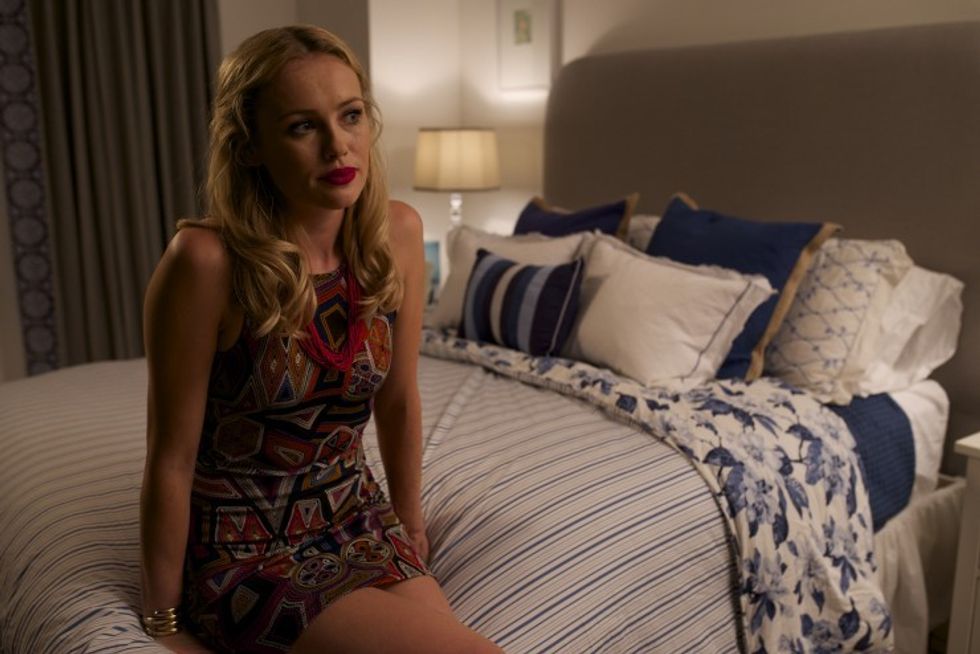
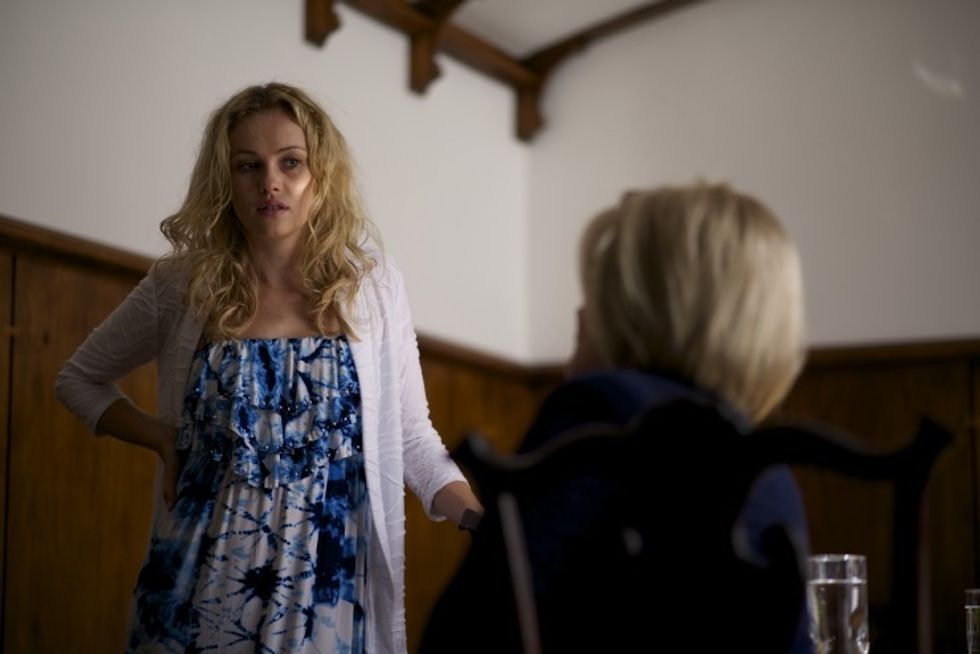
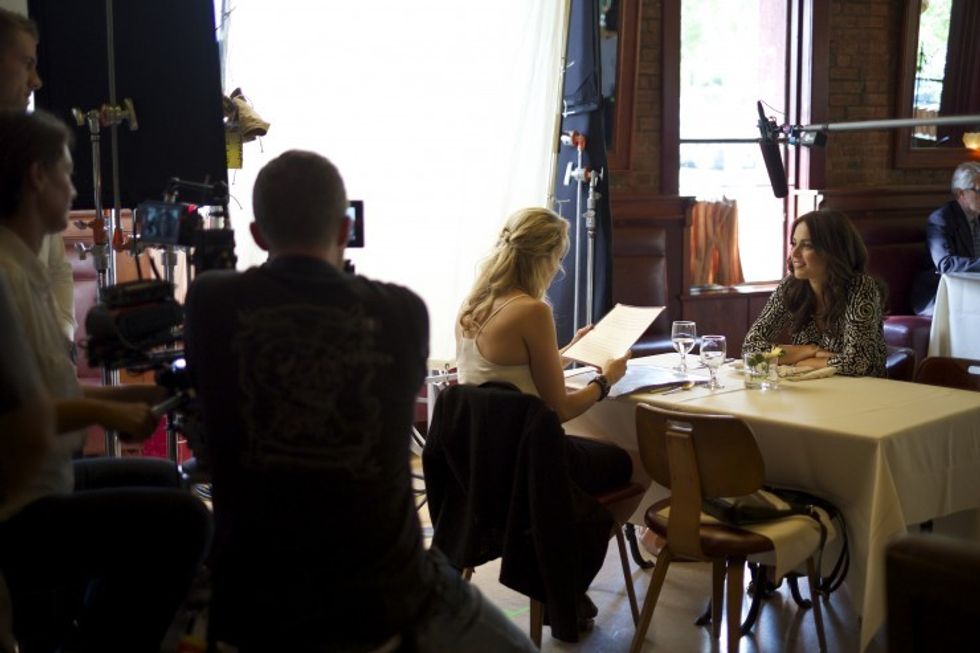
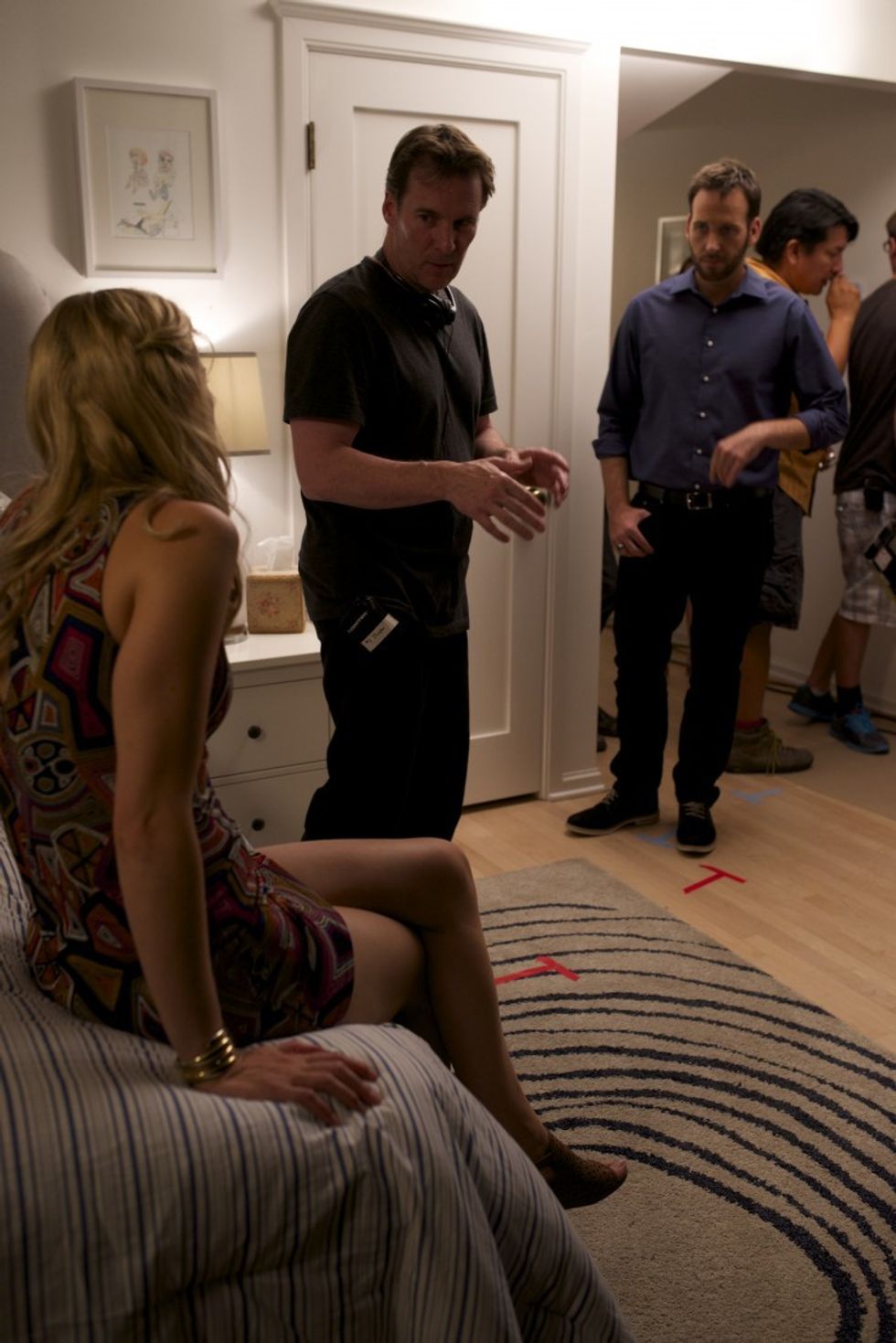
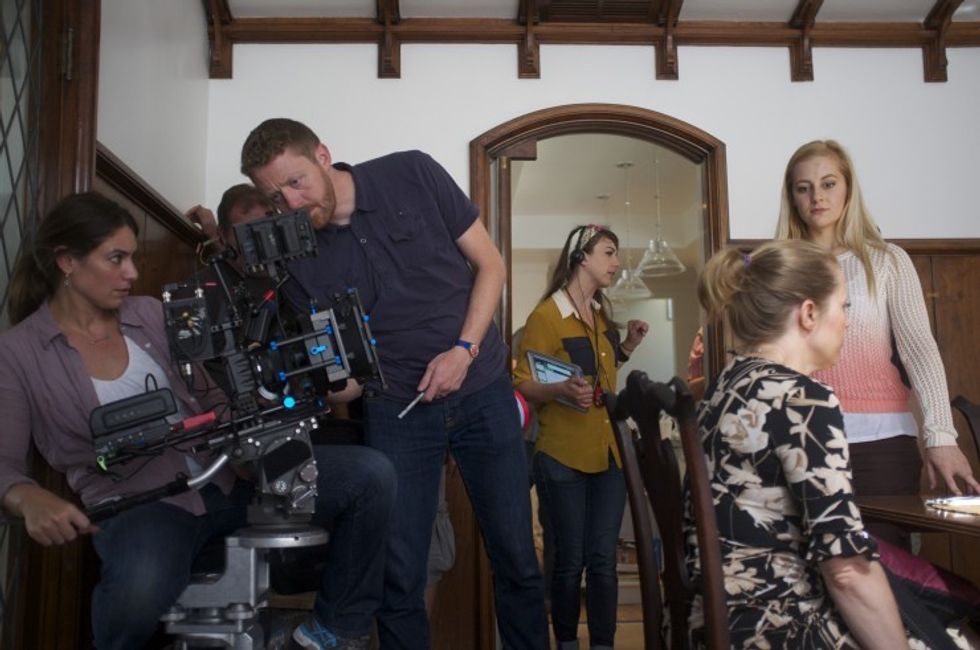
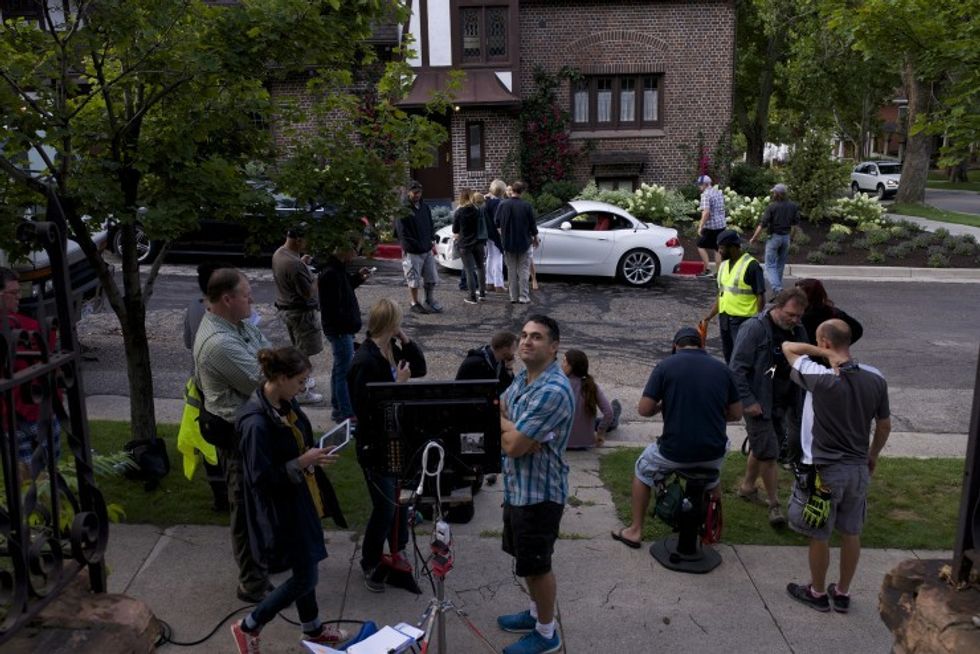
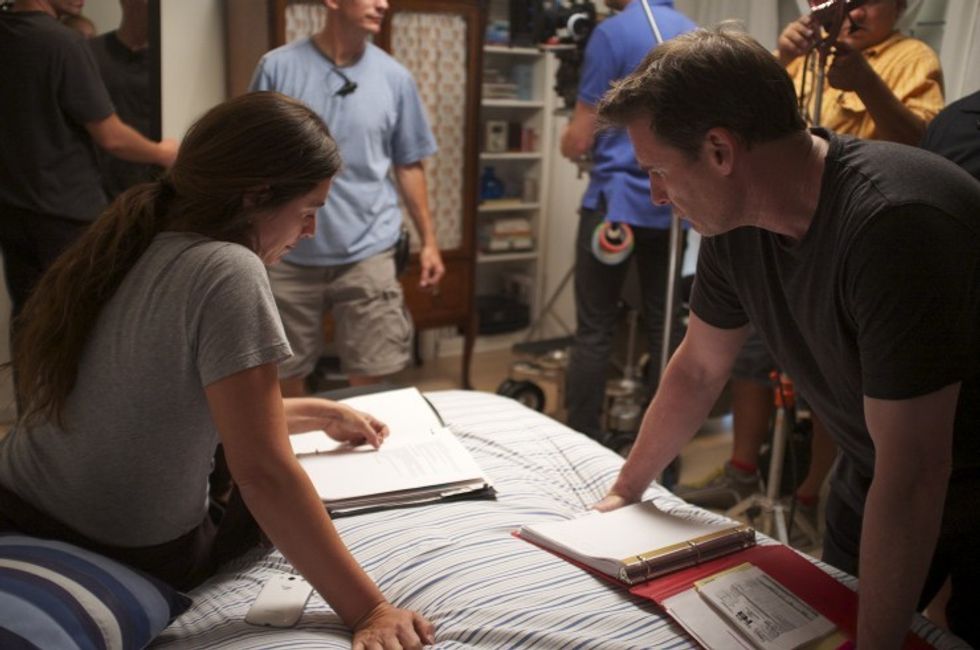
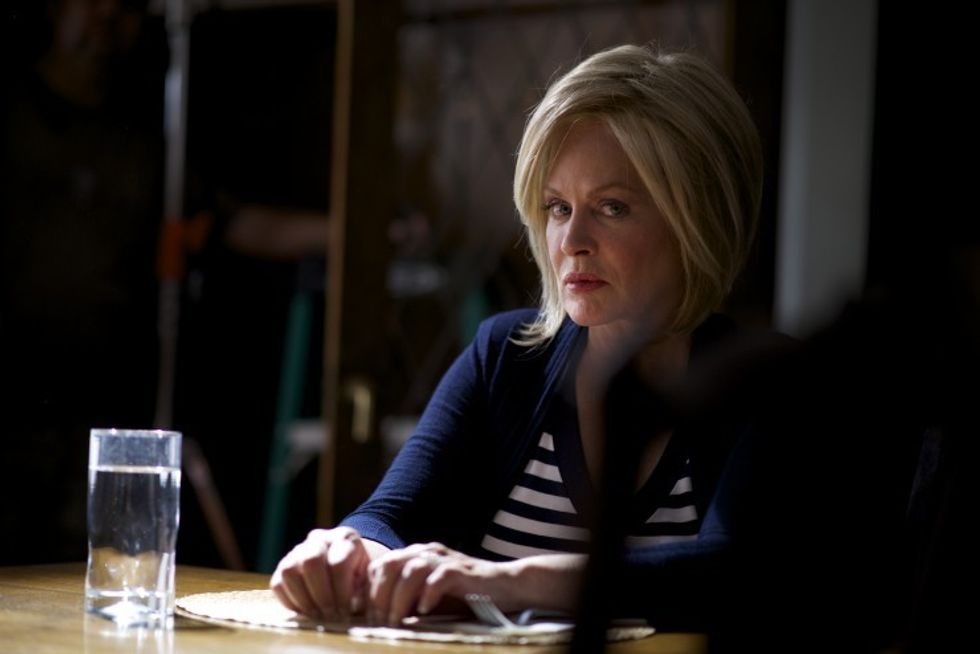
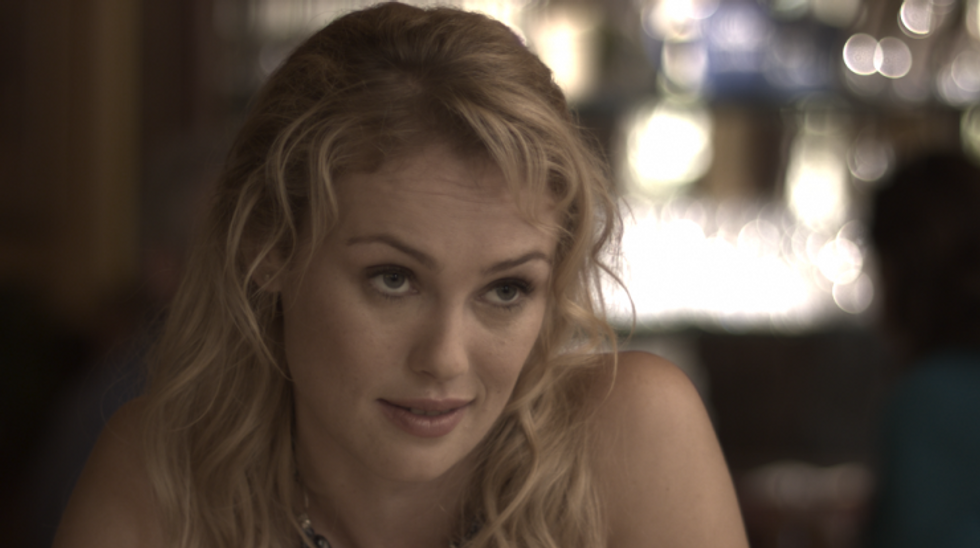
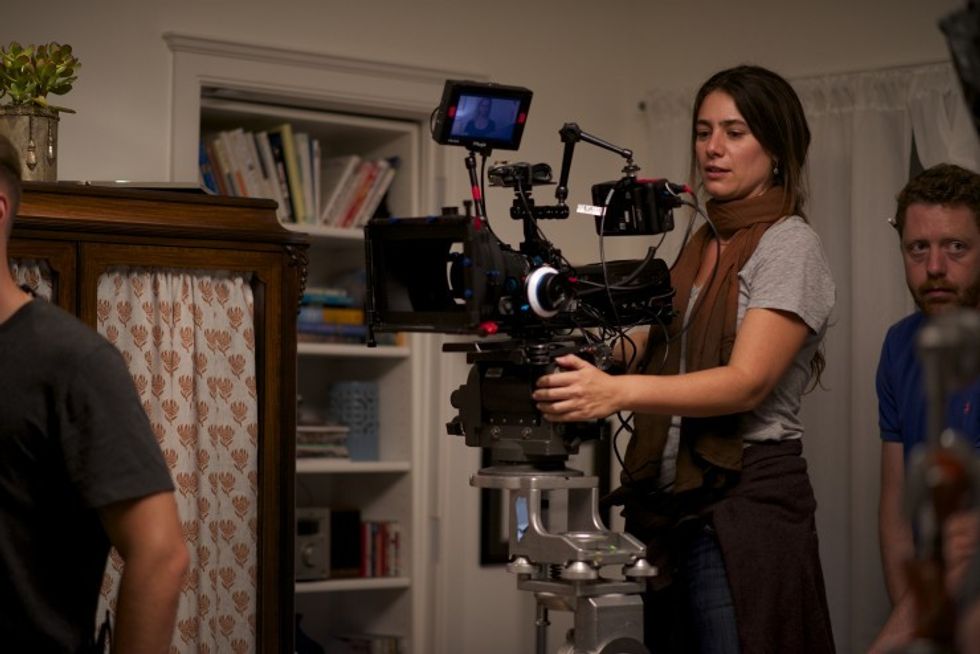
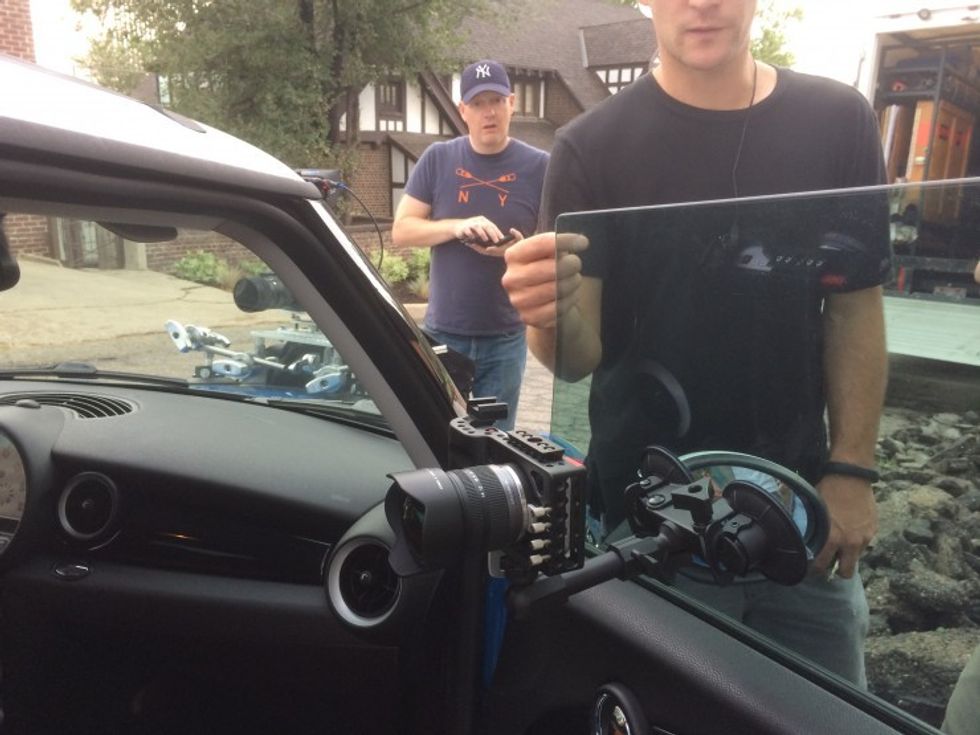
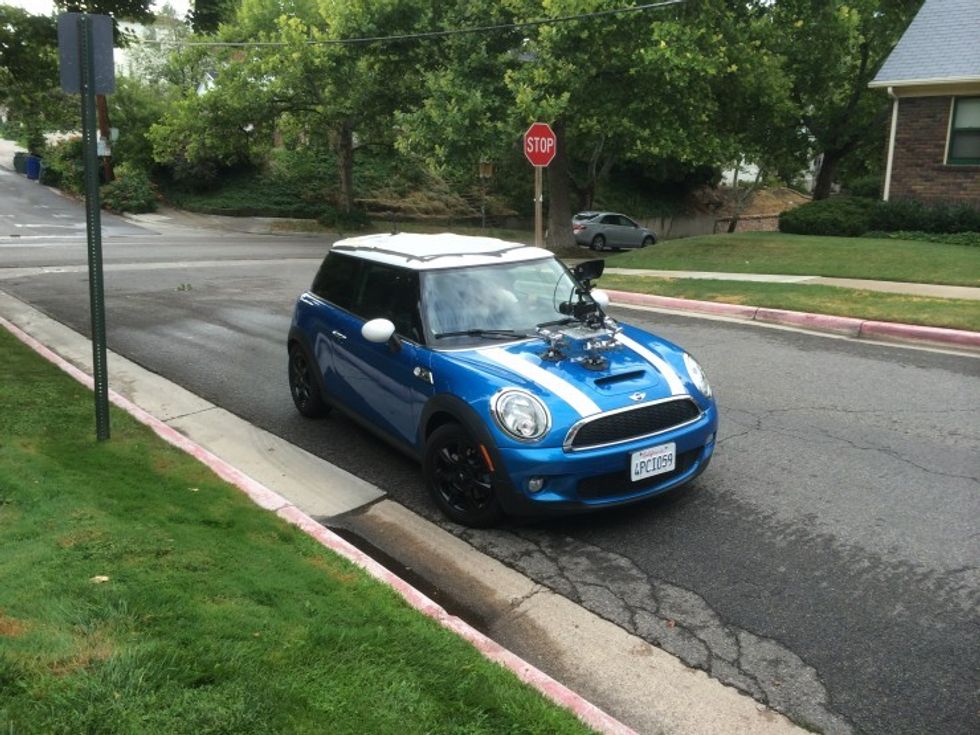
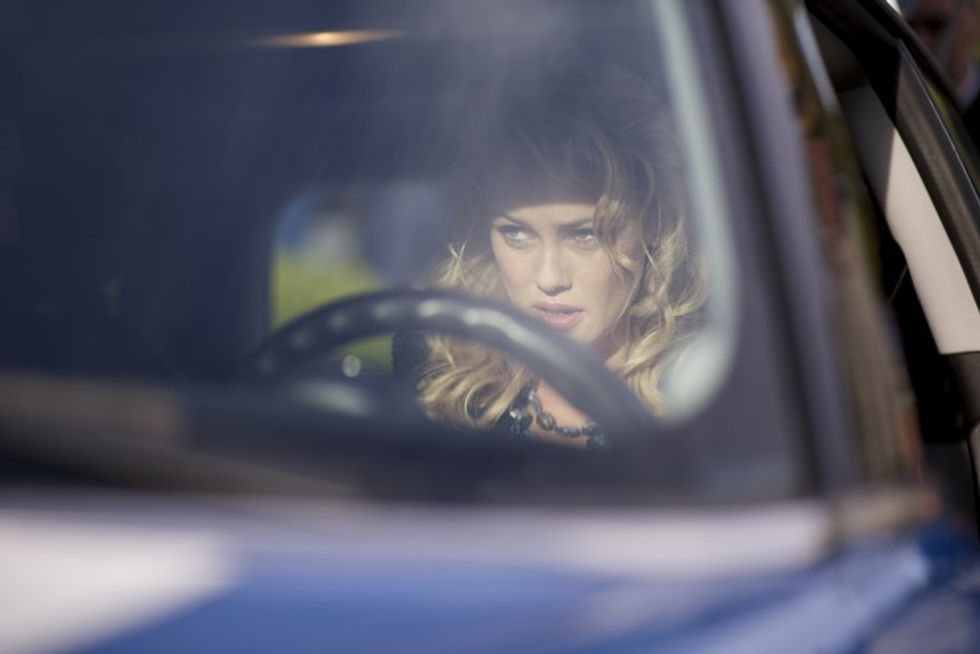
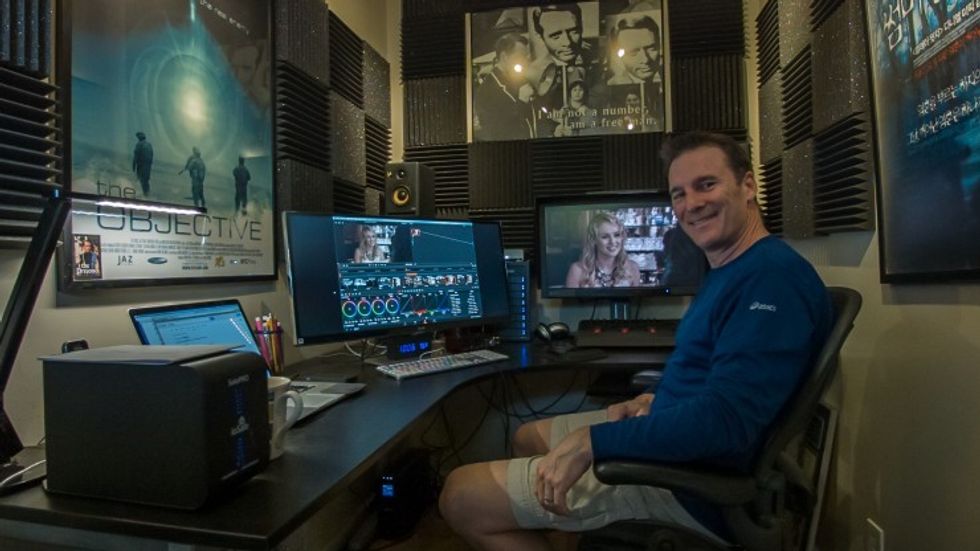
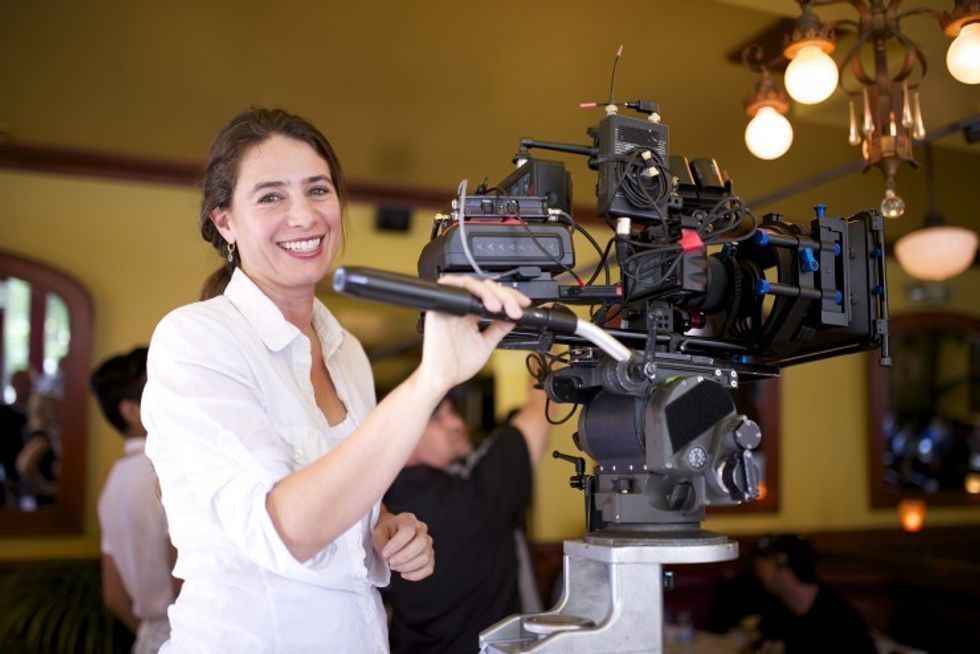
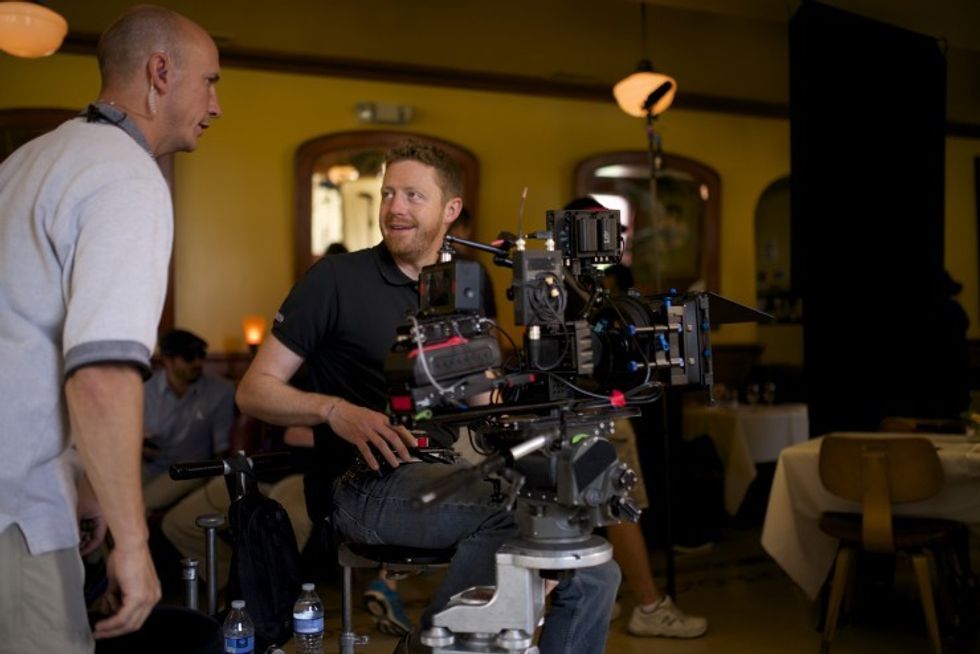
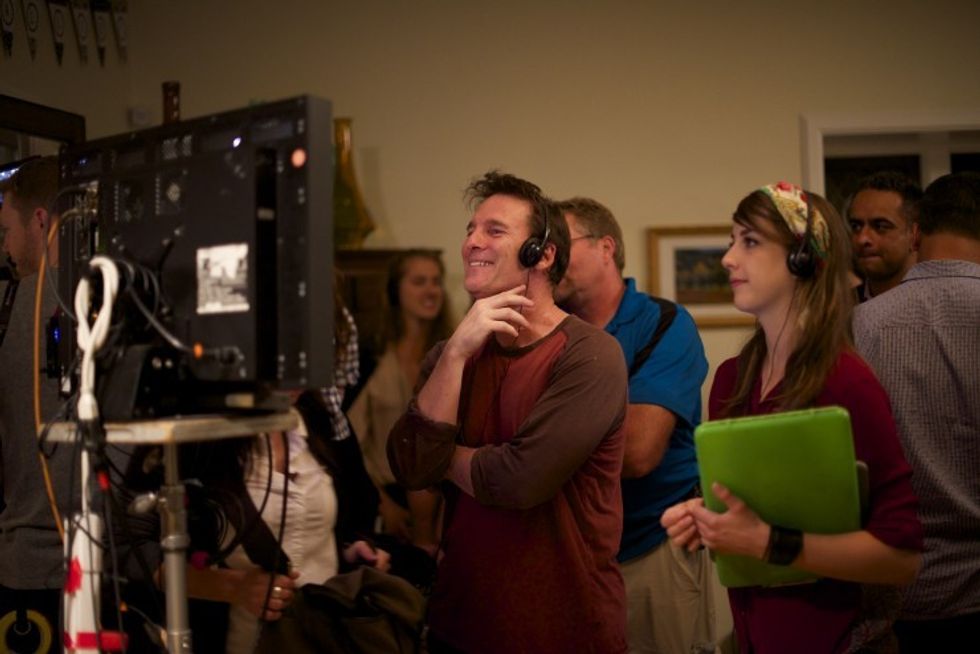
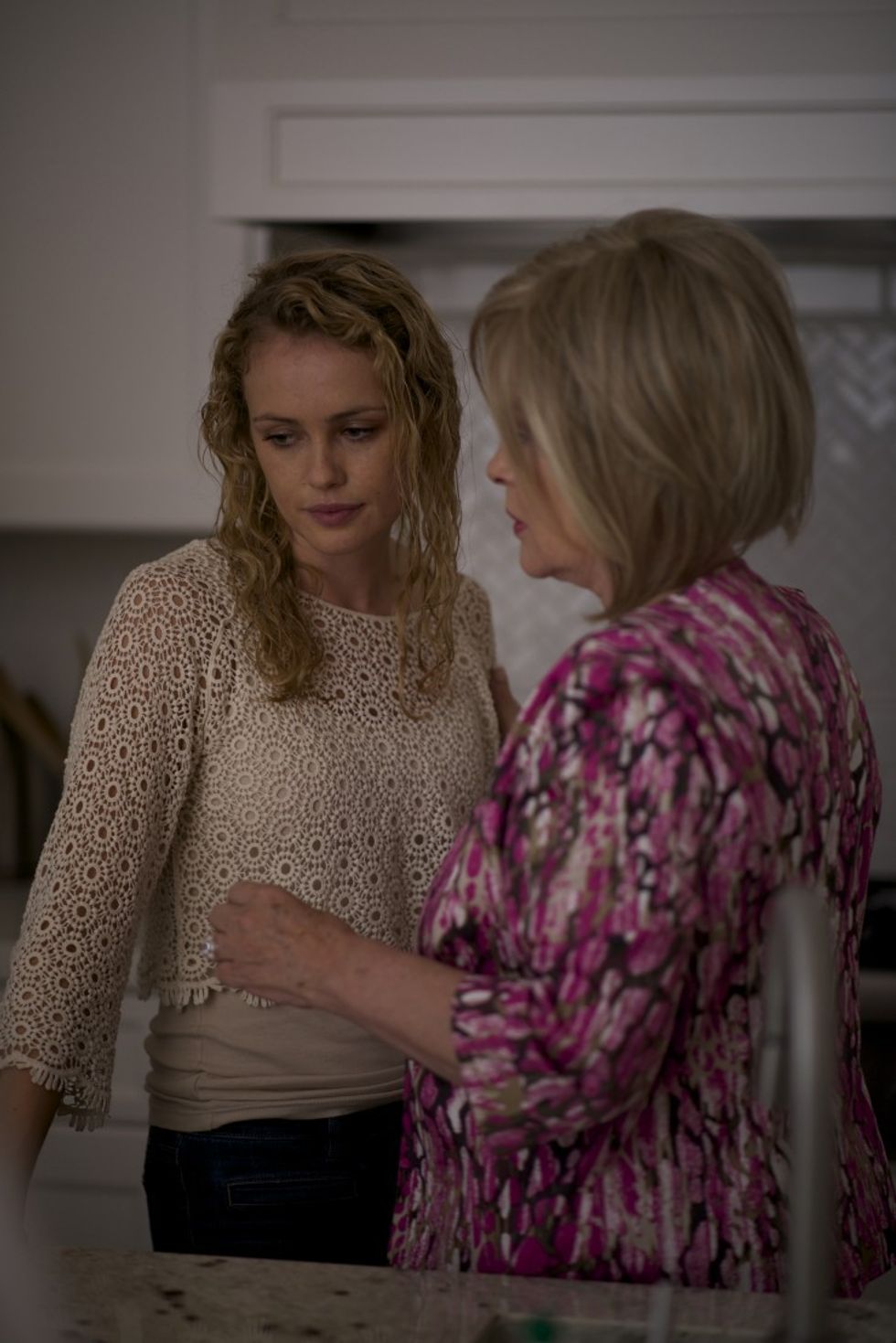
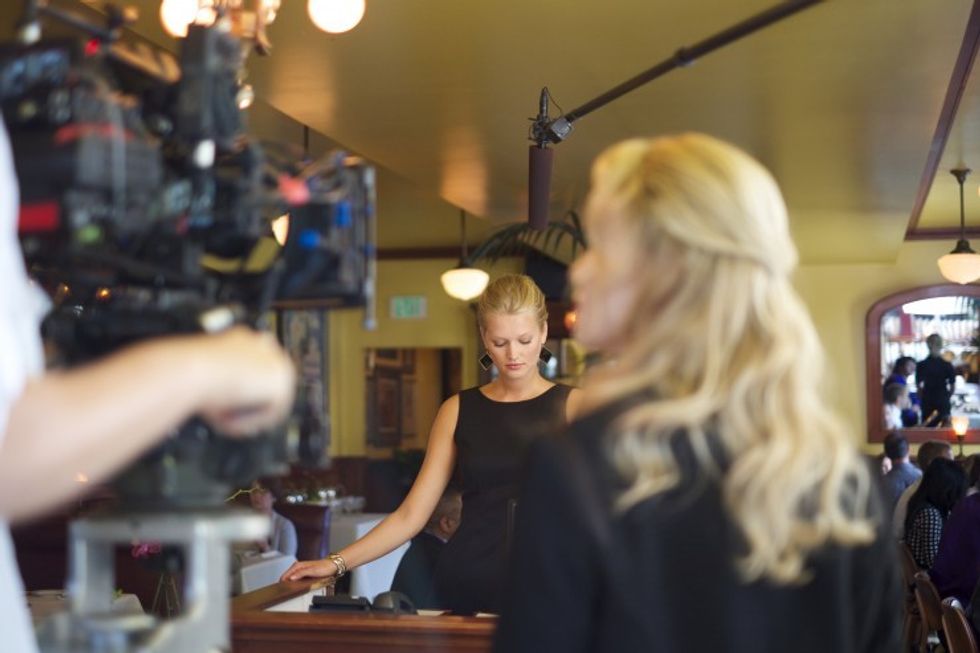
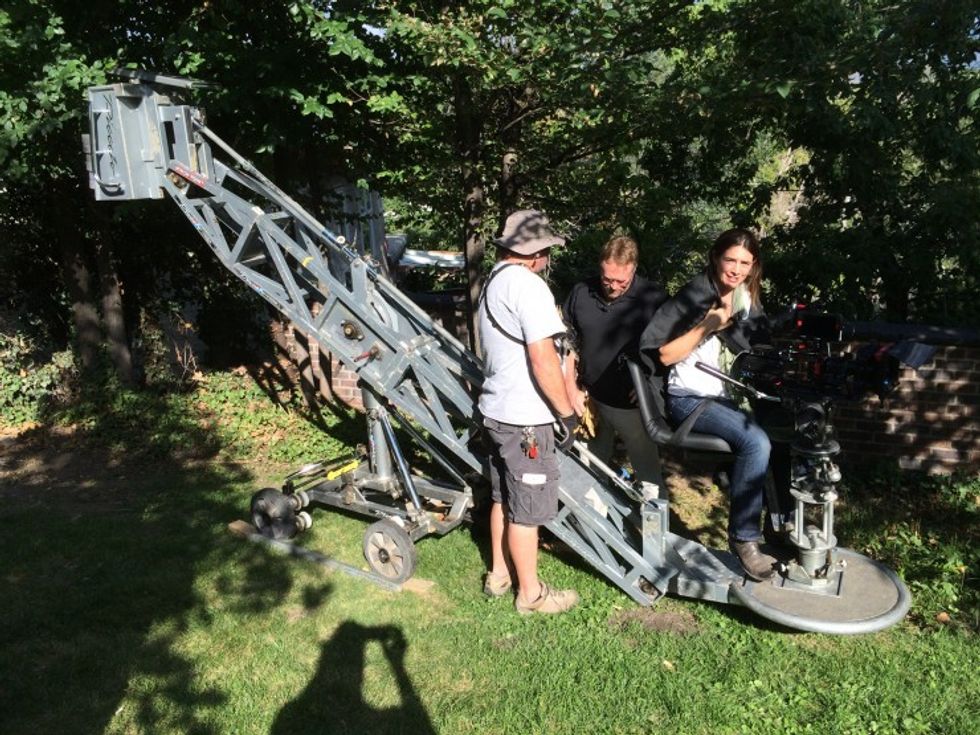
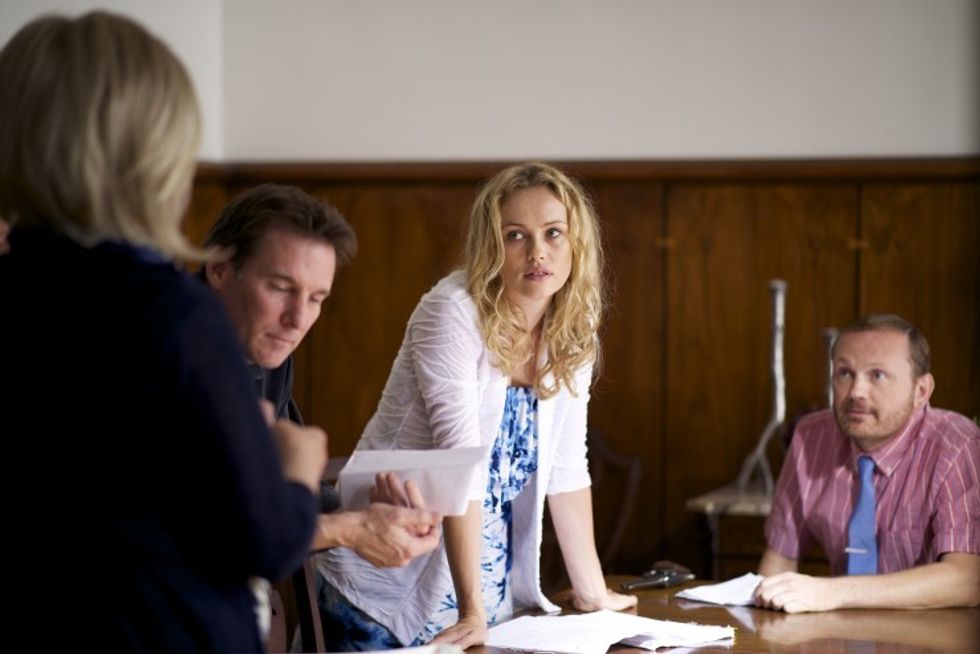

 "'Back Home"via Mercedes Arutro
"'Back Home"via Mercedes Arutro 'Back Home'via Mercedes Arutro
'Back Home'via Mercedes Arutro 









